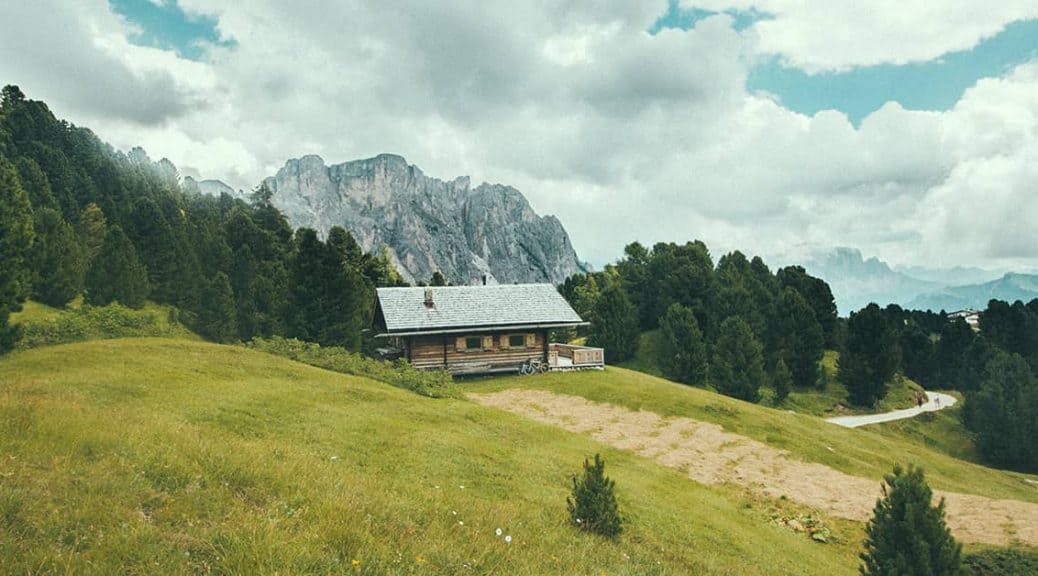So many of us dream of financial freedom.
What we’re really dreaming of is the freedom to do exactly what we want, when we want, how we want every single day.
How gratifying would that be?

Some of us have figured out how to make this dream a reality . . . by down-sizing . . . all the way down to 400 square feet or less.
Clearly, we’re talking about the tiny home craze that has exploded across the U.S.
Have you found yourself mulling over the tiny home option . . . because you yearn for independence?
And you yearn to be free of outrageous monthly rent payments for a cramped apartment in a densely packed city?
You’re not alone, not by a long shot!
The #1 reason the tiny home movement has taken off is: saving money on home costs and utilities.
It’s particularly hot in states like:
- California
- Florida
- Texas
- Washington
This all sounds totally exciting.
But one practical question comes to mind:
How does a tiny house get water and electricity?
The concept of “tiny living” isn’t complex, but there are important considerations.
Accessing water and power is one of them.
Let’s explore your options.
How Does a Tiny House Get Water and Electricity?
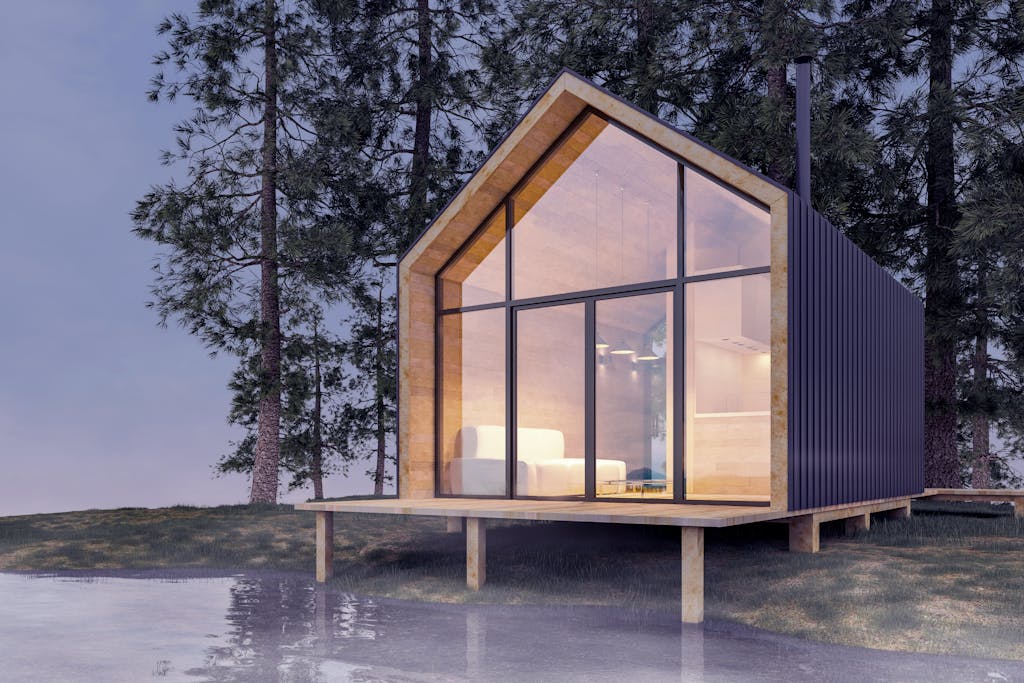
Supplying a structure with both resources is the same, no matter how large or small the building is.
Ultimately, you have two choices for your utilities: 1) tie into the grid or 2) use off-grid solutions.
Grid Utility Connections
How do you hook up a tiny house to utilities?
Those built on a foundation in an area with access to utilities can connect in the same way a traditional house does.
Note: Before deciding on a tiny home built on a foundation or wheels, make sure you know the zoning legalities for tiny houses where you live.
Off-Grid Utility Options
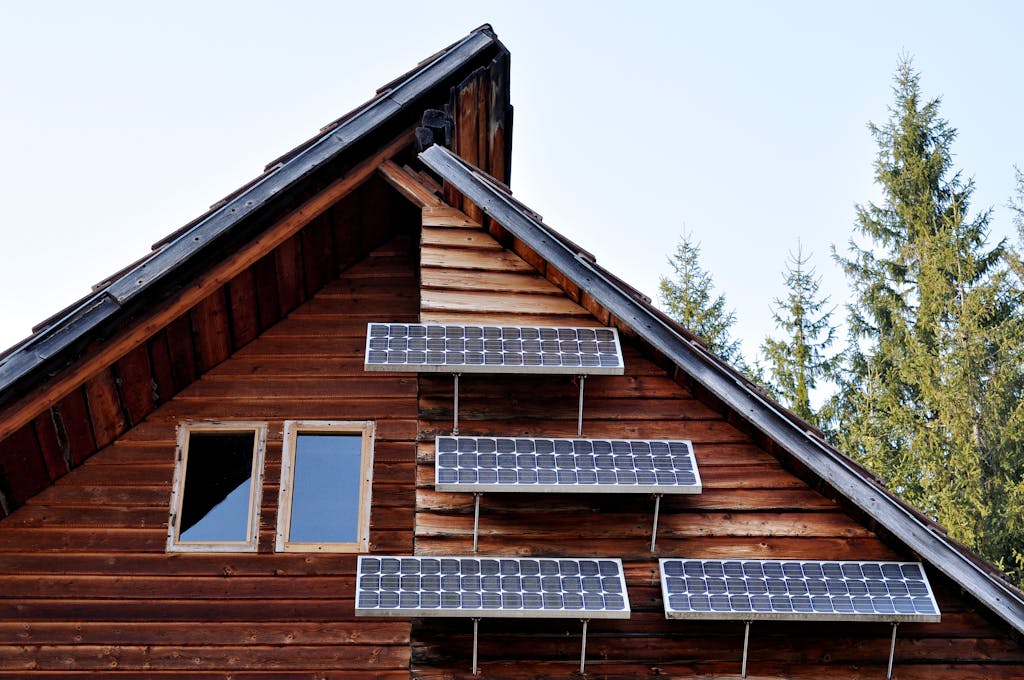
How does a tiny house get water and electricity when you want to disconnect from the grid?
You can opt for off-grid water and power solutions, which is essential if you want a tiny house on wheels.
For eco-friendly water options, you can collect rainwater and filter it for consumption.
Or you can install a tank and have it manually filled, which could be fairly cumbersome.
Now, how do tiny houses get electricity when they aren’t hooked up to the power grid?
There are two primary sources of power: 1) generator and 2) solar.
With both of these, you can easily power your home without connecting to the grid.
Tiny homes are 400 square feet or smaller, so thankfully, it doesn’t take much to keep them running.
However, you’ll need to make sure that your system can handle the load of your appliances.
Which Option Should You Choose?
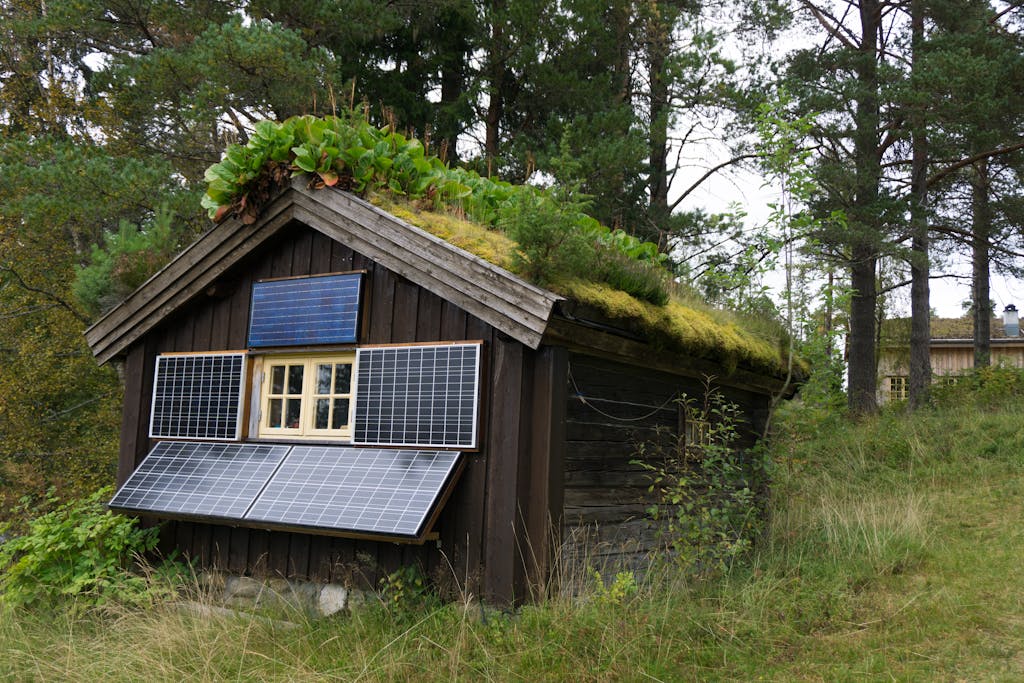
To reap the greatest financial benefits from downsizing to a tiny home, choose off-grid solutions.
Using rainwater as your sole water source can be challenging, depending on where you live, but it is less expensive than connecting to a municipal water supply.
Off-grid power requires an initial investment but eventually pays for itself.
Of the two options, solar panels provide greater dollar per dollar financial benefits:
- A lifetime of savings on electricity bills
- 26% federal tax credit on total project costs (including equipment, permits, and installation)
- State and local tax incentives
- Total independence from a utility company
- A minimum 4% increase in the value of your home
- A 20% quicker home sale if you ever decide to sell
- A reduced carbon footprint
Moreover, solar requires no fuel supply.
It is much quieter than a generator and doesn’t emit toxic fumes.
Where Can You Find Power Solutions for a Tiny Home?
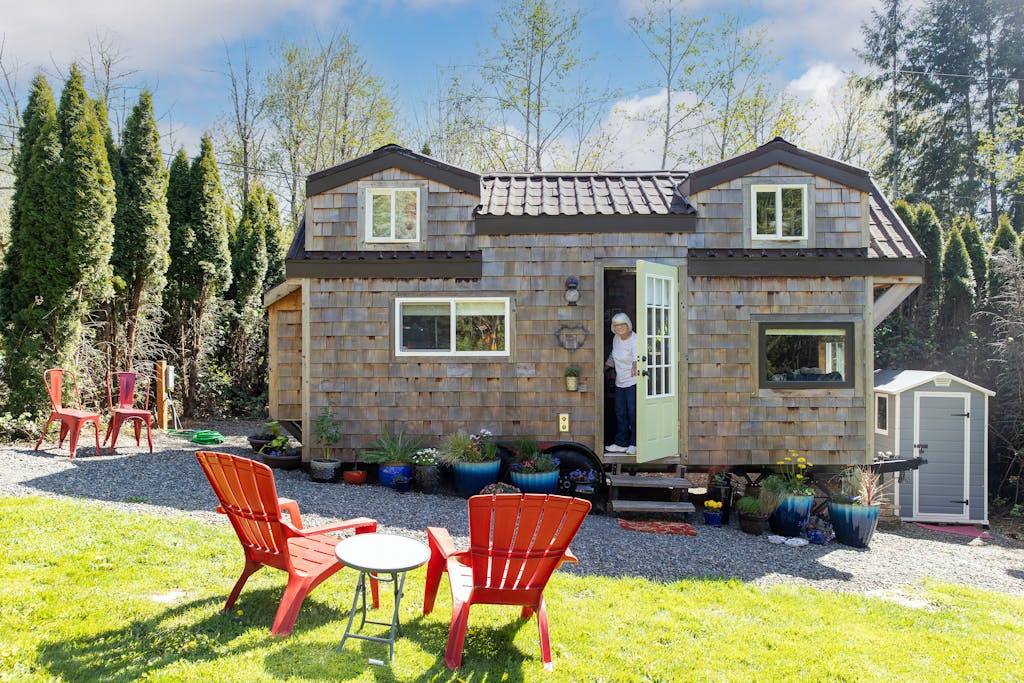
You now know the answer to the question, “How do tiny houses get water and power?” and which options provide the greatest advantages.
When you decide to take the plunge and downsize, Unbound Solar® is here to help you power your tiny home.
We offer expert design and tremendous flexibility in choosing the right kind of system and figuring out where to best place it.
We can also install the system for you or teach you how to do it yourself.
If you have any questions about our products, get in touch at (800) 472-1142.


